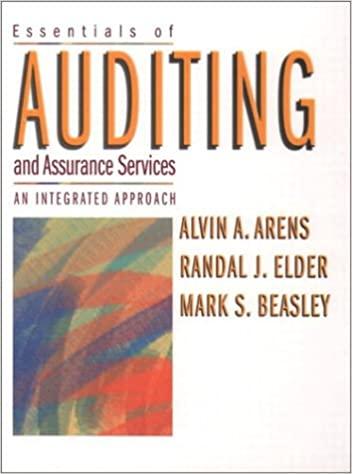Question
Emily developed an innovative computer game, called Home By Myself (HBM). It was so successful that she quickly followed up with two sequels: Home By
Emily developed an innovative computer game, called Home By Myself (HBM). It was so successful that she quickly followed up with two sequels: Home By Myself II (HBM2) and Home By Myself III (HBM3). The costs of developing the games were $95 000 for HBM, $10 000 for HBM2, and $15 000 for HBM3.
The production process consists of copying the games to blank DVDs using her computer and then packing them with printed instructions in a display box. It takes longer to copy the original game than the sequels. Emily can produce, ready for shipping, about 20 copies of HBM, 30 copies of HBM2, or 45 copies of HBM3 in an hour.
|
| HBM | HBM2 | HBM3 |
| Selling price | $49.00 | $29.00 | $29.00 |
| Costs: |
|
|
|
| Blank DVD | $1.00 | $0.50 | $0.50 |
| Instructions and packaging | $4.00 | $2.00 | $2.00 |
| Pro rata development costs* | $19.00 | $2.00 | $3.00 |
| Margin | $25.00 | $24.50 | $23.50 |
| Daily demand (number of games) |
120 |
120 |
90 |
* The pro rata development costs were determined for each game by dividing the games development costs by 5000, the estimated minimum total demand for each game.
Required
(a) What is the contribution margin per hour of Emilys time for each game?
(b) In what order should Emily produce the games?
(c) Using the general decision rule for constrained capacity, what is the most Emily should be willing to pay per hour for a worker to duplicate and pack diskettes after her normal working hours? (Assume that the worker would work at the same pace as Emily.)
Yoklic Ltd currently manufactures a subassembly for its main product. The costs per unit are as follows:
| Direct materials | $4 |
| Direct labour | $30 |
| Variable overhead | $15 |
| Fixed overhead | $25 |
| Total | $74 |
Regina Ltd has contacted Yoklic with an offer to sell it 5000 subassemblies for $55.00 each.
Required
(a) Should Yoklic make or buy the subassemblies? Create a schedule that shows the total quantitative differences between the two alternatives.
(b) The accountant decided to investigate the fixed costs to see whether any incremental changes would occur if the subassembly were no longer manufactured. The accountant believes that Yoklic will eliminate $50 000 of fixed overhead if it accepts the proposal. Does this new information change the decision? Show your calculations.
(c) What qualitative factors are important for accountants and managers to consider for Yoklics make or buy decision?
Step by Step Solution
There are 3 Steps involved in it
Step: 1

Get Instant Access to Expert-Tailored Solutions
See step-by-step solutions with expert insights and AI powered tools for academic success
Step: 2

Step: 3

Ace Your Homework with AI
Get the answers you need in no time with our AI-driven, step-by-step assistance
Get Started


